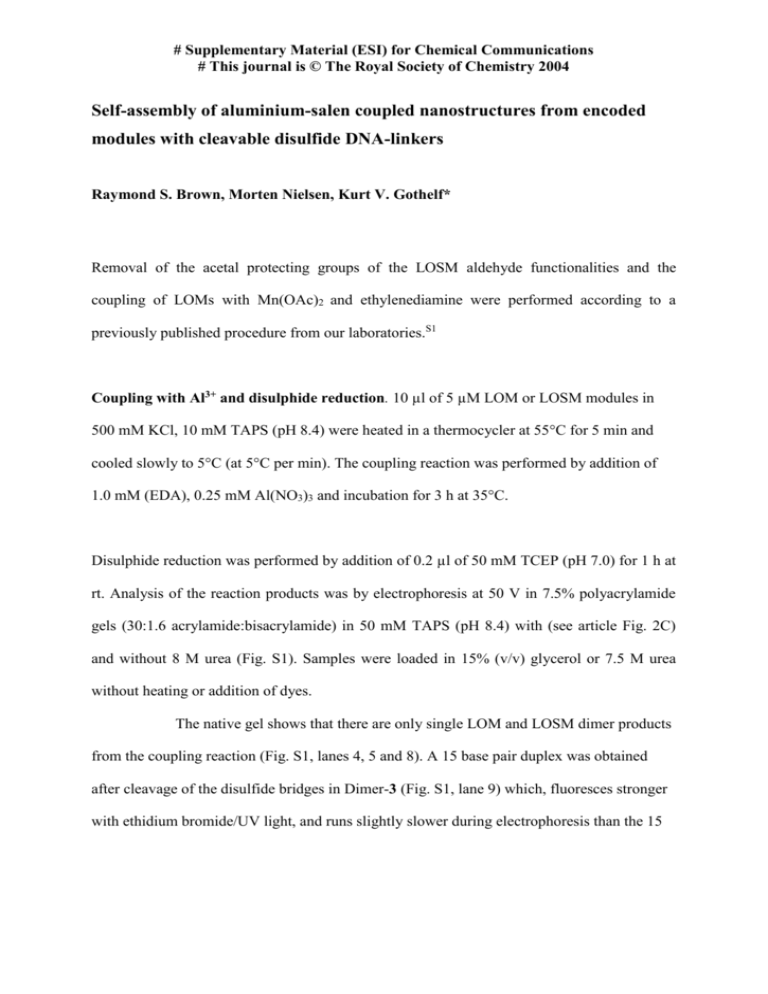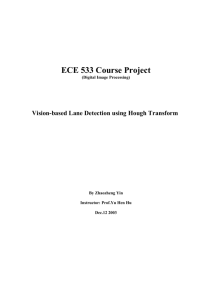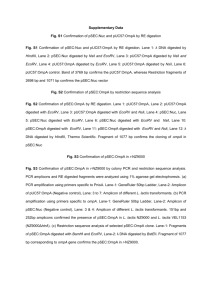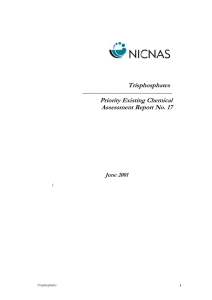Coupling with Al3+ and disulphide reduction
advertisement

# Supplementary Material (ESI) for Chemical Communications # This journal is © The Royal Society of Chemistry 2004 Self-assembly of aluminium-salen coupled nanostructures from encoded modules with cleavable disulfide DNA-linkers Raymond S. Brown, Morten Nielsen, Kurt V. Gothelf* Removal of the acetal protecting groups of the LOSM aldehyde functionalities and the coupling of LOMs with Mn(OAc)2 and ethylenediamine were performed according to a previously published procedure from our laboratories.S1 Coupling with Al3+ and disulphide reduction. 10 µl of 5 µM LOM or LOSM modules in 500 mM KCl, 10 mM TAPS (pH 8.4) were heated in a thermocycler at 55°C for 5 min and cooled slowly to 5°C (at 5°C per min). The coupling reaction was performed by addition of 1.0 mM (EDA), 0.25 mM Al(NO3)3 and incubation for 3 h at 35°C. Disulphide reduction was performed by addition of 0.2 µl of 50 mM TCEP (pH 7.0) for 1 h at rt. Analysis of the reaction products was by electrophoresis at 50 V in 7.5% polyacrylamide gels (30:1.6 acrylamide:bisacrylamide) in 50 mM TAPS (pH 8.4) with (see article Fig. 2C) and without 8 M urea (Fig. S1). Samples were loaded in 15% (v/v) glycerol or 7.5 M urea without heating or addition of dyes. The native gel shows that there are only single LOM and LOSM dimer products from the coupling reaction (Fig. S1, lanes 4, 5 and 8). A 15 base pair duplex was obtained after cleavage of the disulfide bridges in Dimer-3 (Fig. S1, lane 9) which, fluoresces stronger with ethidium bromide/UV light, and runs slightly slower during electrophoresis than the 15 # Supplementary Material (ESI) for Chemical Communications # This journal is © The Royal Society of Chemistry 2004 nt single stranded oligomers obtained by cleavage of the disulfide bridges in LOSM-1 (Fig. S1, lane 7). Figure S1. Nondenaturing polyacrylamide gel showing the dimer product and selective release of DNA by reduction with TCEP. Gels were fixed in 50% (v/v) ethanol, stained with ethidium bromide and photographed in UV light. DNA markers are shown in lane 1; 65, 31, 21, 11 nt. Lane 2, LOM-4; lane 3, LOM-5 with TCEP; lane 4, LOM-4 and LOM-5 dimer ; lane 5, LOM-4 and LOM-5 dimer with TCEP. In lane 6, LOSM-1; lane 7, LOSM-1 reduced by TCEP to give 15-nt oligonucleotides; lane 8, LOSM-1 and LOSM-2 dimer; Lane 9, LOSM1 and LOSM-2 dimer reduced by TCEP to a 15-bp duplex and 15-nt oligonucleotides. MALDI-TOF Characterization. LOSM-1 and LOSM-2 were analyzed by MALDI-TOF (Applied Biosystems, DNA-Technology) before the deprotection of the aldehyde groups using a 3-hydroxypicolinic acid matrix (Fig. S2). # Supplementary Material (ESI) for Chemical Communications # This journal is © The Royal Society of Chemistry 2004 A B Figure S2. MALDI-TOF. A, spectrum of LOSM-1 before aldehyde deprotection. Observed mass 10772; calculated mass with diacetal 10676. B, spectrum of LOSM-2 before aldehyde deprotection. Observed mass: 10675; calculated mass with diacetal: 10614. Structures of the LOM (Linear Oligonucleotide-functionalized Modules). Structures of the modules referred to in the article are given below in Fig. S3. O O HO OH O O NH O O2 P 5'-Oligo LOM HN O PO2 Oligo-3' Figure S3. The LOMs have the following DNA sequences LOM-4: 5’-AAGTGTAGATGTACA -LMACTTCAGTTGGTCGT-3’; LOM-2: 5´-ACGACCAACTGAAGT-LM-CTGTAGACATATGTT-3’ References S1) K. V. Gothelf, , A. Thomsen, M. Nielsen, E. Cló and R. S. Brown, J. Am. Chem. Soc., 2004, 126, 1044.






